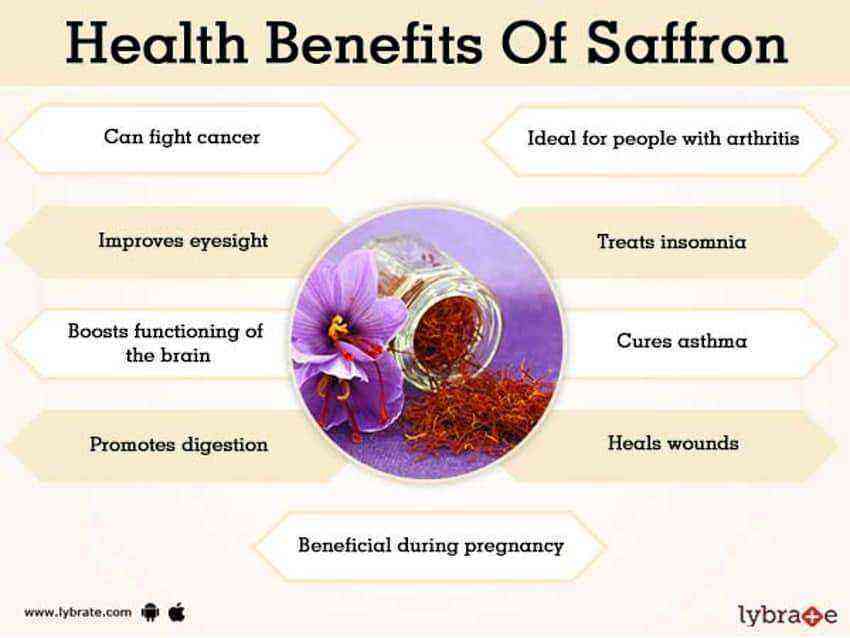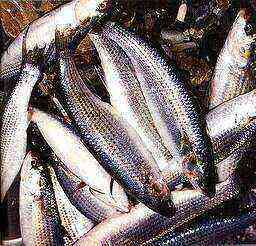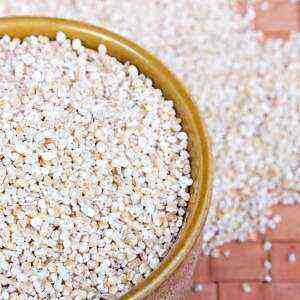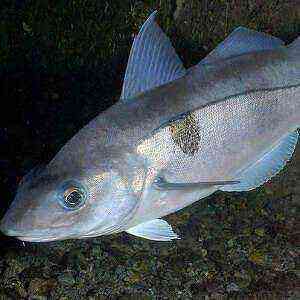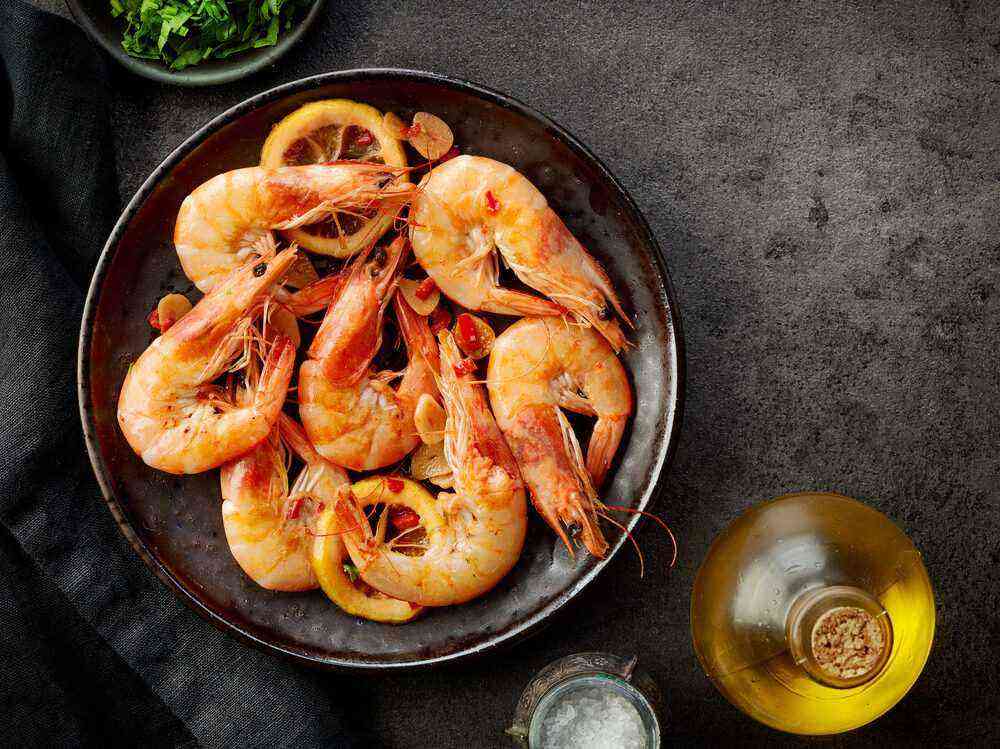
What kind of fish
Salmon is an amazing fish with red meat and delicious red caviar. He is born in fresh waters, but spends most of his life in the seas. It returns to freshwater only during the spawning period. Scientists are constantly amazed at the amazing memory of this fish. Salmon recognize the waters where they were born by smell, and only there they give birth to their own offspring. By the way, after spawning, they die.
Biologists distinguish several species of salmon. More precisely, they classify all representatives of this species by habitat. Living in the Pacific Ocean belongs to the genus Oncorhynchus, the inhabitants of the Atlantic – to the genus Salmon, and in the waters of Alaska, the so-called wild salmon.
And if scientists know only one species of migratory salmon in the Atlantic Ocean (salmon), then among the Pacific there are 9 species of salmon (including king salmon, sockeye salmon, kichuzh, pink salmon, chum salmon and others).
Salmon meat is usually pink, but its color can vary from red to orange. The fillet of salmon and sockeye is fatter than that of pink salmon and chum salmon, and kichuzh takes the middle ground for this characteristic. The largest representative of salmon is the Chinook salmon, and the smallest is the sockeye.
The nutritional value
Like all seafood, salmon is an exceptional source of high quality digestible protein, minerals, vitamins and, most importantly, omega-3 fatty acids. Vitamins A, D, E and Group B are also abundantly present in this product, as are minerals such as selenium, phosphorus, zinc, calcium, and iron.
Benefit for health
 Protein source
Protein source
Proteins, or rather amino acids that are part of them, are important components for humans. They are necessary for the construction of cells, the formation of tissues, the formation of enzymes and hormones. Proteins from salmon, like most other fish, are easily absorbed by the body. They usually do not have side effects and do not contain carcinogens, like some other types of meat.
Vitamins and minerals
This type of fish is valuable in its rich content of minerals and vitamins necessary for the proper course of metabolic processes, healthy nails, and hair. Selenium found in salmon is much better absorbed by the body than from other products of animal origin. By the way, salmon is the richest source of this trace element. In red fish there are more than 40% of the daily intake of potassium and phosphorus. The first is necessary to maintain a proper heartbeat, the second – to form DNA, produce enzymes and maintain healthy bones.
Vitamin E is a powerful antioxidant that reduces the risk of heart disease, prevents the oxidation of low density lipoproteins, and reduces the accumulation of plaques in the coronary arteries. In addition, it protects against malignant tumors, enhances immunity and protects against cataracts. This vitamin, like ascorbic acid and beta-carotene, can be obtained in large portions from salmon. These substances affect the body at the cellular level, deactivating free radicals that can damage genetic material, disrupt the structure of cells, which subsequently leads to incurable diseases.
Vitamin D is critical to maintaining good health. Deficiency of the substance increases the risk of cardiac disorders, multiple sclerosis, rheumatoid arthritis and diabetes. B vitamins contained in red fish are also important for humans. They are indispensable for the nervous system, liver function and stable blood glucose, production of serotonin and the formation of new cells in the body.
Benefits for the nervous system and brain
Omega-3 increases the activity of brain cells, which as a result affects memory and ability for effective mental work during the day. Along with amino acids, vitamins A and D, as well as selenium and fatty acids protect the nervous system from damage caused by aging. In addition, the mineral-vitamin complex acts as an antidepressant, relaxes the brain, protects it from Alzheimer’s and Parkinson’s diseases. And some studies show that the mental abilities of people who regularly use sea fish are significantly higher than those who refuse it.
Eye health
Salmon will help to prevent macular degeneration, get rid of retinal dryness, eye strain and vision loss. It has been proven that fish lovers can boast the best vision, which they save longer than meat eaters.
Fatty acids in salmon: what are useful

So, Omega-3, derived from salmon:
- protect the heart;
- reduce the risk of sudden death from cardiac disease;
- reduce the risk of stroke;
- reduce the likelihood of diabetes;
- essential for proper pregnancy and fetal development;
- reduce bad cholesterol in the blood;
- strengthen blood vessels;
- facilitate the flow of immune and inflammatory diseases, in particular skin, rheumatoid arthritis, Crohn’s disease;
- reduce the risk of mental disorders and some diseases caused by impaired brain function.
In addition to the incomparable benefits for the heart and blood vessels, according to research, Omega-3 is necessary for people suffering from psoriasis, ulcerative colitis, lupus. These fatty acids can slow down the growth and reduce the size of the tumors.
Who needs salmon?

- arterial inflammation;
- digestive disorders;
- increased risk of cancer of the colon, prostate, kidney;
- dermatitis and other skin problems;
- loose hair and nails;
- deterioration of vision.
Fat salmon – an important food for the elderly and sick people. Persons weakened by chronic diseases or surgeries need this fish.
How to choose a fish

If the choice fell on smoked or salted fish, it is advisable to give preference to the product in a vacuum package, but do not forget to check the composition – there is nothing more than fish and salt.
Possible hazardous properties of the product
The main danger of any sea fish is the presence of mercury in it (found in sea water, especially in contaminated waters). As a rule, the larger the carcass, the higher the level of harmful substance in it. High concentrations of mercury are usually recorded in fish such as sharks, tuna, tiled, swordfish. Salmon, by contrast, belongs to the seafood, which does not harm the body, since there is almost no mercury in it. However, when it comes to the diet of children and pregnant women, it is important to be completely confident in the environmental friendliness of the product.
But the salmon grown on fish farms should be treated, if not wary, then choose the carcass very carefully. Often, genetically modified products containing pesticides are used as food for such fish. Water in ponds often contains fungicides, and dyes are added to fish food (so that the color of the carcass resembles wild salmon).
It is undesirable to abuse the product to people with chronic disorders of the digestive organs or obesity.
Red fish in the food industry
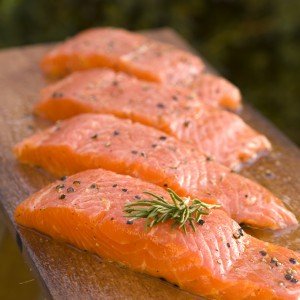
To diversify the taste of fillets, you can use sweet and sour, sweet fruit or spicy sauces that go well with red fish. In salads, salmon is excellent in company with cucumbers, eggs, onions and tomatoes, as well as olives, cheese, legumes and other vegetables. Fried salmon can be served with mustard and herbs, which favorably emphasize the taste of fish, and baked salmon with lemon juice. In this embodiment, red fish is suitable for a side dish of steamed vegetables, potatoes or rice. Many people like salted salmon as a cold starter or sushi component. Thin slices of salted red fillet – the perfect product for sandwiches. Well, speaking of salmon, one can not help but recall another delicacy – red caviar, which is obtained from fish of the salmon family.
Seafood lovers claim that the most useful food for the brain (and in the literal sense of the word) is sea fish. And although nutritionists say about the need to include it in the diet twice a week, gourmets say that you can enjoy this product daily. He will never be bored and will not harm the body.
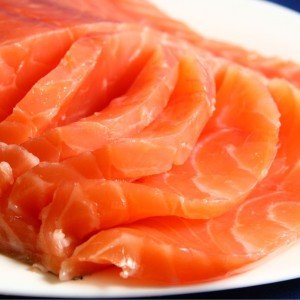 Protein source
Protein source










